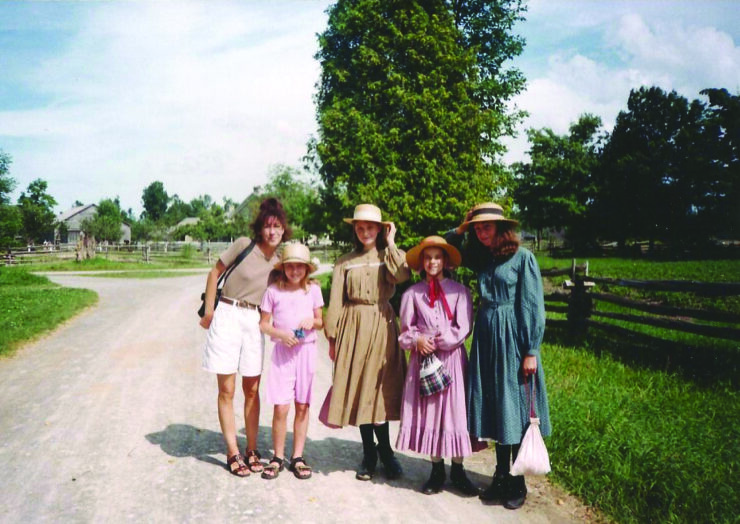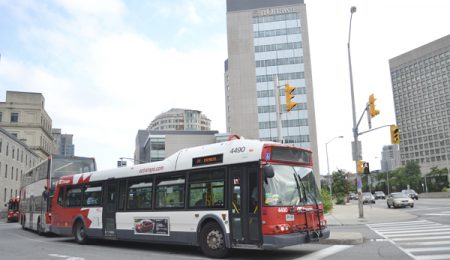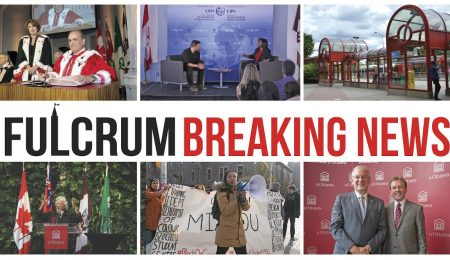U of O history student is looking into her hometown’s past and blazing a new path for the future
Jesse Mellott|Fulcrum Staff
Sara Lauzon, a third-year history student at the University of Ottawa, has made a name for herself in her hometown of Cornwall dealing with many issues of the city’s past that most have neglected.
Lauzon’s interest in her town’s history started when she was a senior in high school. She took a co-op class and asked to be placed within a historical society called Heritage Cornwall.
“They had me organize all their archives,” said Lauzon. “As I was cleaning up the room … I was learning about my town.”
One of Lauzon’s first successes was getting a judge’s portrait put up on the wall of Cornwall’s courthouse. Judge James O’Reilly sat on the city’s courthouse for almost 30 years, and died in his chambers.
“So far I have done what I call projects, and for each specific one, I did something different,” said Lauzon. With Judge O’Reilly, I just wanted a portrait of him in our courthouse because that’s where he died, and he served 29 years, and there should have been a plaque or portrait all along.”
Lauzon has reached out to the community as a support system on her historical journey, and they are always willing to help.
Sgt. Thom Racine, a Cornwall police officer, has helped Lauzon with a number of her projects. Racine helped her in getting the portrait of O’Reilly in the courthouse, as Lauzon explained.

“At 17, people don’t hear you, they don’t take you seriously, [they assume] that you’re not as good as someone else that has done the research for years upon years,” said Lauzon. “It was Sgt. Racine who finally heard me and gave me the chance that I needed, because now people call me all the time to do research for [them] and my age doesn’t matter anymore, which is really nice.”
Racine continues to work with Lauzon as she looks into more of the mysteries of the city of Cornwall.
Lauzon is also working on examining Cornwall’s House of Refuge—a shelter built in 1912 that housed people who had nowhere else to go— where it is presumed that many bodies remain unidentified and where, as history suggests, there may be over 830 people unaccounted for.
“I have to look up each one individually to see where they died, how they died, and when they died, and if they died onsite, I place their name on a different listing so I can put them all on a plaque,” said Lauzon.
Lauzon also expressed that every research project she takes on comes with its own challenges.
“Sometimes I’ll sit down and I’ll be all, ‘where do I start,’” she said. “I just dive right in, and whatever I find I just usually work with, whether it’s a death certificate, or a marriage, or I have their full birth date. Whatever that information is leads to somewhere else; it’s always like a chain reaction.”





